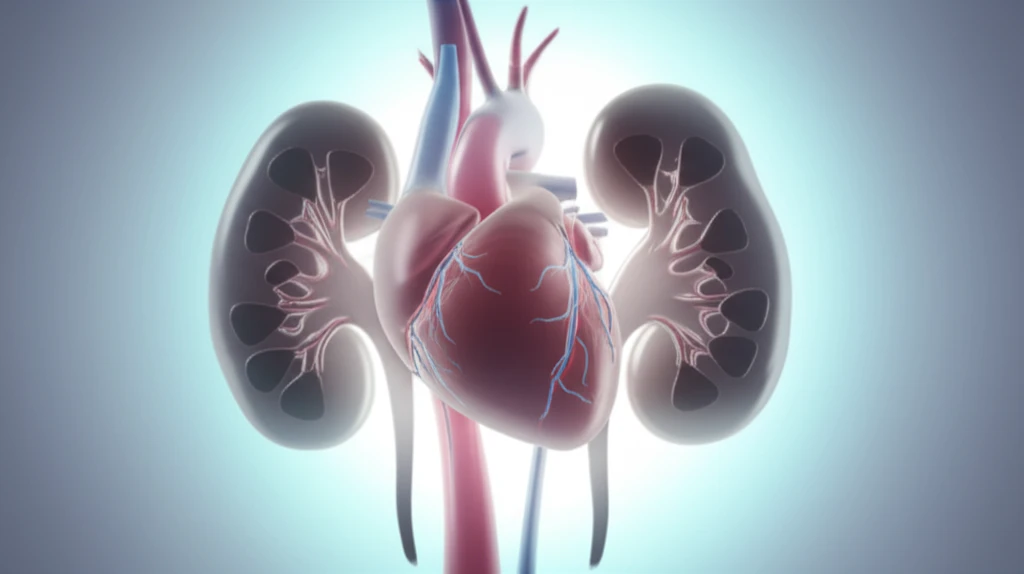
Kidney Disease and Your Heart: How Parathyroidectomy Can Help
"Discover the link between kidney disease, bone health, and heart function, and how parathyroidectomy offers hope for patients with chronic kidney disease."
If you're navigating the complexities of chronic kidney disease (CKD), you're likely aware of the many challenges it presents. What might surprise you is the strong connection between your kidneys, your bones, and your heart. Cardiovascular disease is a leading cause of mortality for individuals with end-stage renal disease (ESRD), making it crucial to understand all facets of this intricate relationship.
One key player in this connection is heart rate variability (HRV), a measure of the variation in time between heartbeats. Reduced HRV often indicates an overactive sympathetic nervous system, increasing the risk of cardiovascular events and sudden death in CKD patients. Fortunately, there's a procedure called parathyroidectomy (PTX) that's showing promise in improving HRV and overall well-being for those with severe secondary hyperparathyroidism (SHPT), a common complication of CKD.
This article will explore the effects of parathyroidectomy (PTX) on blood bone markers and heart rate variability in patients with stage 5 chronic kidney disease, and shed light on how this procedure can help protect your heart and improve your quality of life.
What's the Connection Between CKD, Bones, and Heart Health?

Chronic kidney disease-mineral and bone disorder (CKD-MBD) is a frequent complication as CKD progresses. It’s characterized by mineral and bone metabolism disruption, abnormalities in the bone, as well as vascular calcification – all of which lead to increased cardiovascular risks and higher mortality. Secondary hyperparathyroidism (SHPT) is a condition where the parathyroid glands become overactive, leading to excess parathyroid hormone (PTH) production. It exacerbates bone pain and fractures and increases CVD and mortality risks.
- Intact parathyroid hormone (iPTH): Regulates bone remodeling.
- Bone-specific alkaline phosphatase (BAP): Indicates bone formation.
- Tartrate-resistant acid phosphatase 5b (TRACP-5b): Indicates bone resorption.
- Fibroblast growth factor 23 (FGF23): A hormone derived from bone.
Taking Steps for a Healthier Heart and Better Kidney Health
The findings of this research shows that parathyroidectomy can significantly improve heart rate variability and bone health in individuals with stage 5 chronic kidney disease. By understanding the connection between your kidneys, bones, and heart, you can take proactive steps to protect your overall health. Work closely with your healthcare team to monitor your bone markers, manage your PTH levels, and explore all available treatment options.
